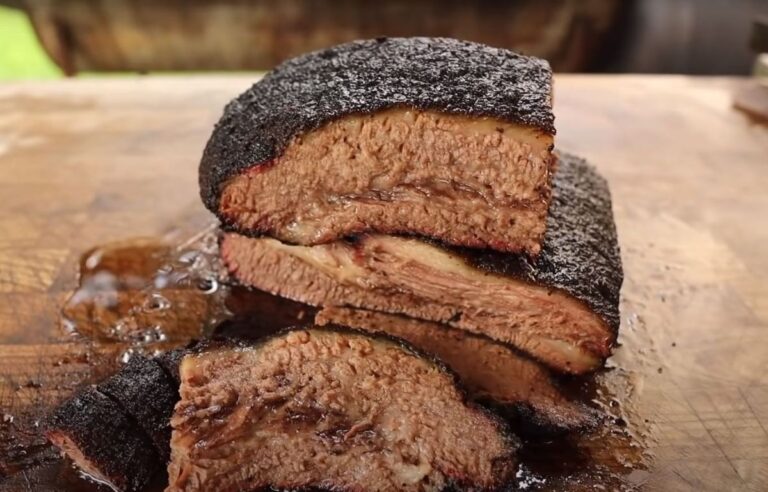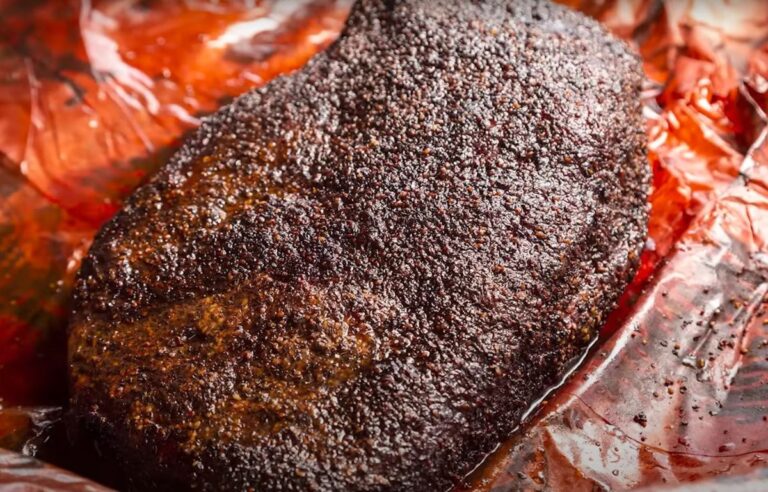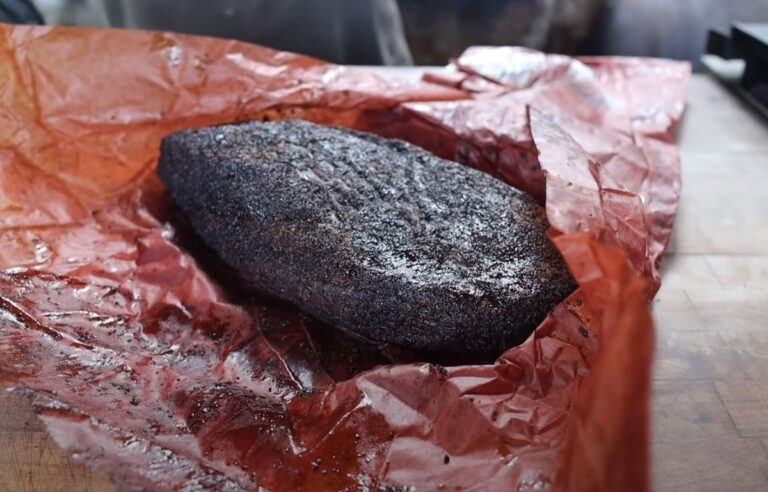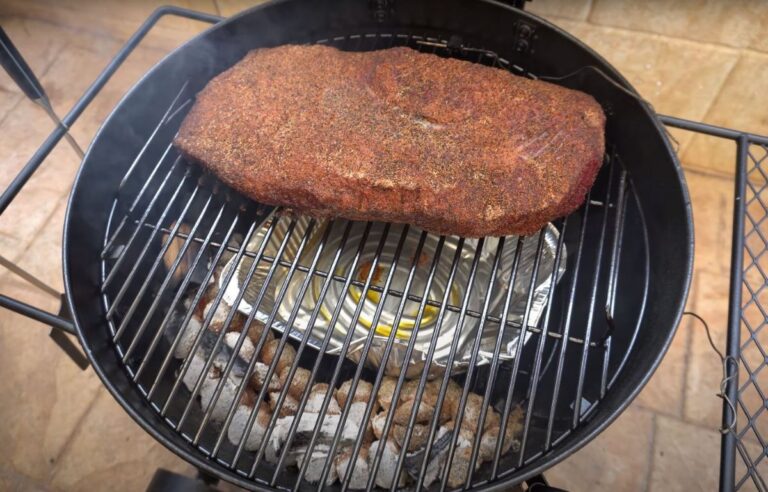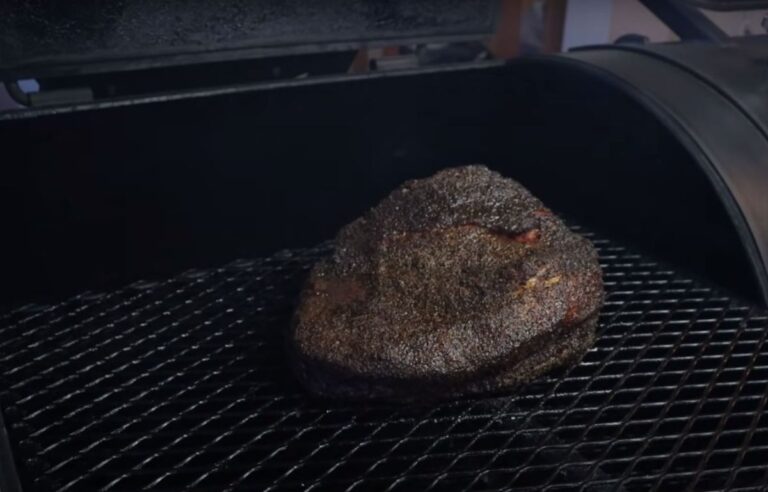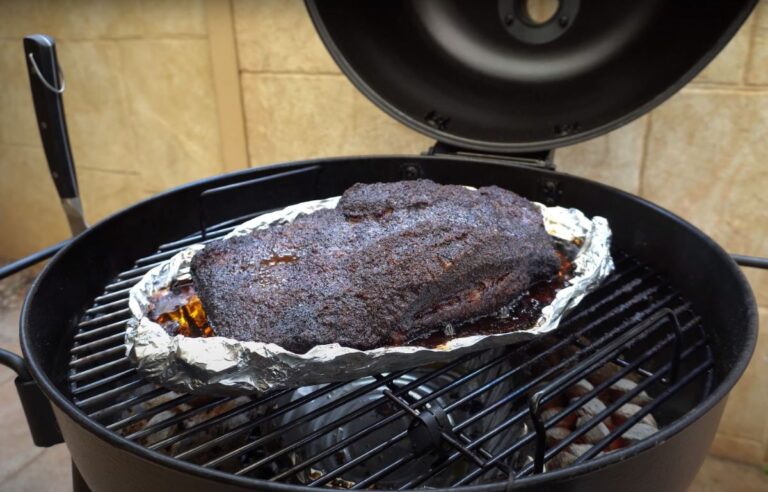How Many Briskets Per Cow – A Comprehensive Analysis
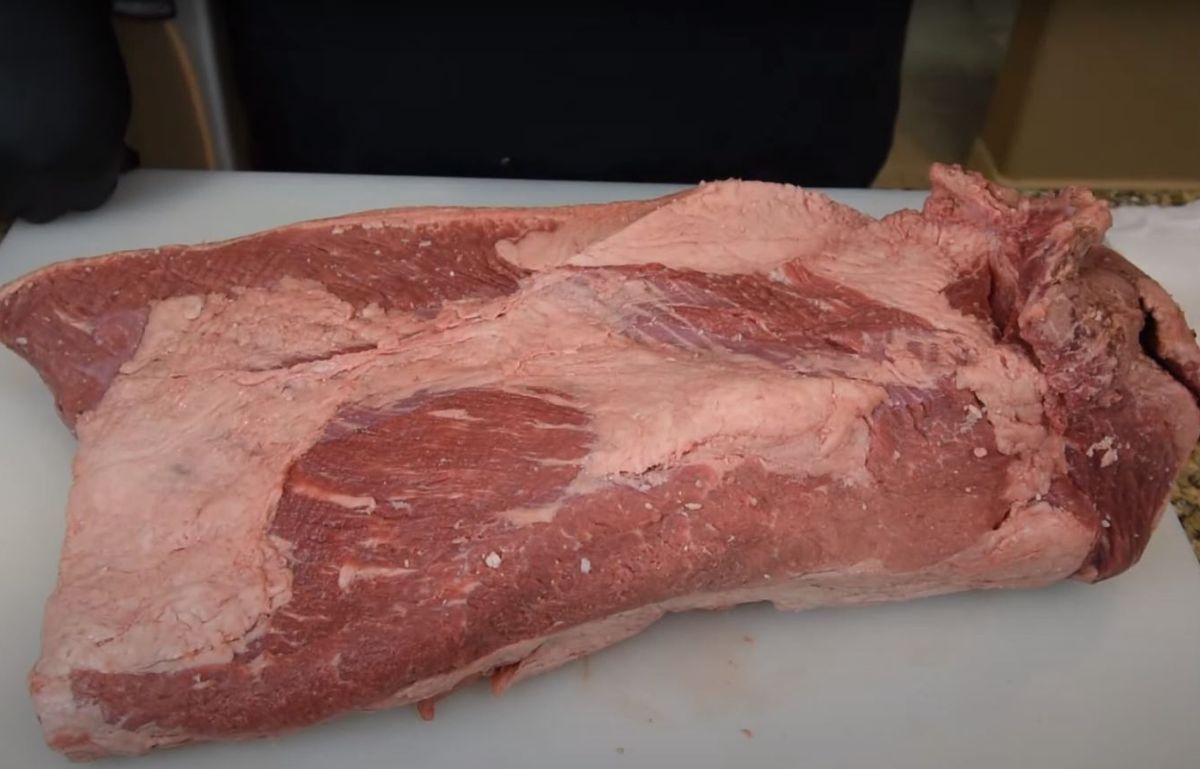
FaveGrills is reader-supported. If you purchase by clicking a link on this page, we may earn an Affiliate Commission at no extra cost. Learn more
Brisket is one of the most-liked meat cuts because of its exceptional qualities like rich flavors, mouth-watering taste, and maximum tenderness. But hundreds of thousands of people out there wish to know how many brisket are there in a cow or steer.
If you’re one of them, this is the guide for you in which I will discover the answer to a popular question, how many briskets per cow?
I will also share some other valuable information regarding this concept, so let me begin this article without any further ado.
How Many Briskets Per Cow? A Key Takeaway
There are two briskets in a cow, and both of them are on each side of its two forelegs, located above the shank (lower leg) and below the chuck part (shoulder).
Each brisket from a cow often weighs around 15 to 20 pounds, but the exact weight depends on several key factors, like a cow’s age, weight, and breed.
Most importantly, a whole brisket also refers to a whole packer, and you can cut it into two pieces, the flat cut and point cut, primarily known as the subprimals.
Anatomy Of A Brisket
Brisket is one of the largest, toughest, and thickest meat cuts from beef that BBQ enthusiasts around the globe widely admire.
It has many exceptional characteristics, including rich flavors, plentiful marbling, and maximum tenderness and juiciness when cooked to perfection.
It typically weighs around 15 to 20 pounds (also known as the whole packer), but its weight and size depend on several important factors like breed and age of the cow from where it is taken.
In case you are planning to smoke 20 lb brisket, it will require at least one full day or even more if you smoke it at 225 degrees Fahrenheit because it usually takes around 1.5 to 2 hours of smoking per pound at this temperature.
That’s the reason people usually buy one that weighs 10 to 12 pounds so that they can cook it within a relatively shorter time, even at a low and slow temperature, and you will be able to feed around 10 to 15 people with ease.
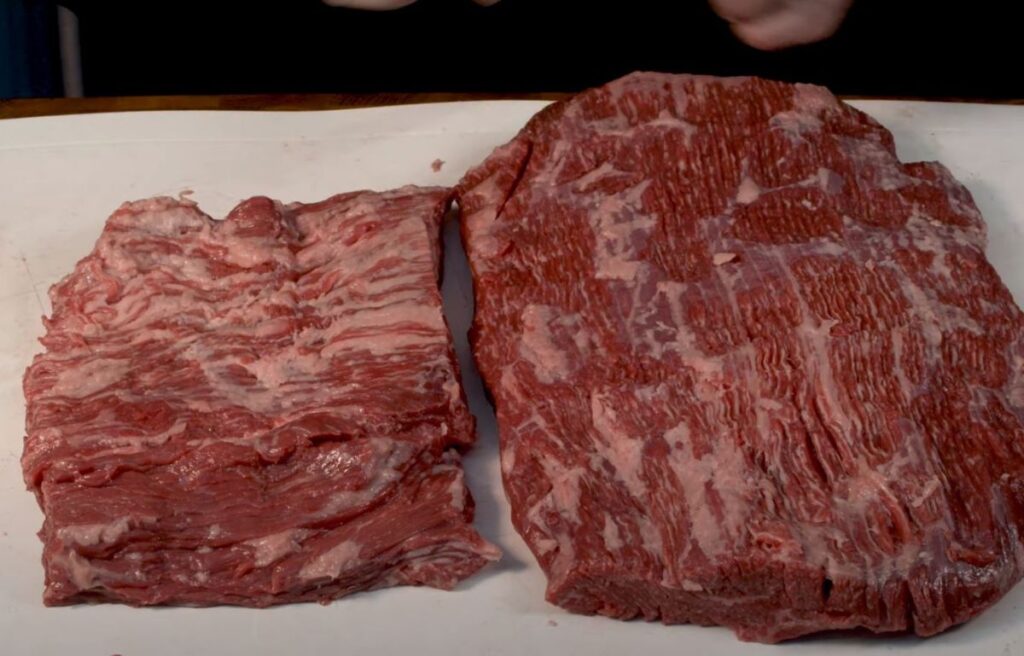
If I talk about the exact location of a brisket, it comes from the lower chest area of a cow, which is above the shank and beneath the chuck part. You can also say that it is cut from the lower breast or pectoral muscles.
In case you don’t know, any part of the cow that often remains physically activated in its lifetime produces more tough meat cuts, and the same thing goes with the brisket.
It rises as a naturally tough meat cut, so it demands a low and slow smoking session at a lower temperature, most likely 250 or 225 degrees Fahrenheit.
Let me disclose how a brisket tastes when you cook it through a recommended cooking method at a suitable temperature.
If you plan to smoke a 10 lb brisket at 250 °F, it will require 10 to 15 hours of smoking time but will also ensure that the meat is flavorful, tender, juicy, and evenly cooked from all sides.
So, in short, a beef brisket might be a tough meat that requires plenty of hours to cook, but the end result is always worth the time you spend cooking it.
Top Tip by FaveGrills
Regardless of what temperature you choose to smoke your brisket, never forget to rest it for the required duration, as it lets the meat reabsorb its juices and ensures an evenly succulent and tender outcome. For resting, the cooler technique is the most beneficial one among several other ways.
The Subprimals – A Quick Overview
When you cut a whole packer brisket into two pieces, you can say that you’ve yielded the two subprimals, and their names are flat cut (flat end) and point cut.
In the above video, you can see how you can easily separate the brisket. Moreover, you can get four subprimals per cow after dividing the two briskets into two further pieces.
Flat End
It is also known as the “first cut”. It’s a leaner meat cut and can weigh between 7 to 10 pounds, has a noticeable grain, and is very popular among BBQ lovers because of more meat ratio than point cut, which is why you’ll often find it at grocery stores or supermarkets.
Depending on the brisket’s characteristics, this subprimal can also feature a generous fat cap on its thick side, which I recommend trimming before seasoning the meat as it will ensure even cooking and optimal flavor and texture.
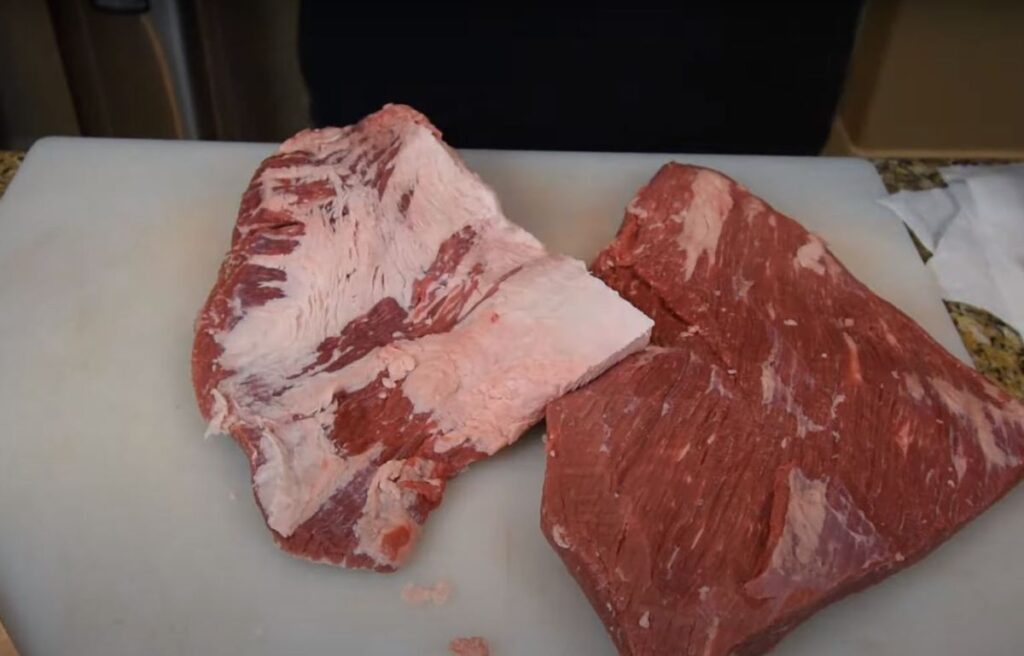
Point End
On the other hand, the point subprimal (also known as the second cut or deckle) is also similar to the flat one in terms of weight because it also weighs around 6 to 10 pounds.
But it has an irregular appearance, contains more intramuscular fat, marbling, and its drain can go in different directions.
Due to its higher fat cap, experienced chefs endorse people to smoke point end brisket as it ensures maximum tenderness and juiciness and develops an exceptional flavor profile to your meat.
It is important to mention that you may not easily find a point end subprimal like the flat one. In this case, you’d need to invest in a whole packer, take the point end yourself, or ask the butcher to cut one for you.
In summary, the choice between whether to smoke point or flat end can depend on your personal preferences, like the texture and flavor you like.
Recommended Reads
If you are a fan of low and slow-smoking brisket, I advise you to explore our other insightful guides that will enhance your barbecue experience further.
Which Side’s Brisket Is More Tender?
This debate nowadays is becoming more and more popular about which side of the cow or steer produces more tender brisket.
But to me, this debate isn’t valid because the truth is that the cow’s side does not determine the tenderness of a brisket, whether it comes from the right or left side.
Both briskets have the potential to be equally tender if you cook them at the right temperature for the required period and then rest it accordingly.
The key factors determining its tenderness are cooking method, temperature, time, and the quality of the meat itself.
Most importantly, you’ll come across different opinions claiming that if the cow rests more on the right side, it’ll produce more tender brisket than the left one, which isn’t entirely true.
A cow or steer can switch sides even when resting. Therefore, both briskets tend to be evenly tender, and there is no clear winner here.
Cow Vs Steer
It is pretty straightforward to differentiate between these two animals.
A cow refers to a female animal that gives birth to a baby (at least one), and before that time, it is known as a heifer. In other words, a cow is a mother.
On the other hand, when a cow gives birth to a male and when it is castrated between the age of 3 to 6 months, it becomes a steer.
The castration process ensures that a steer can’t father children and is typically made for butchering the animal for meat.
Moreover, if a male cow does not go through the castration process, it refers to a bull which is then used for breeding purposes.
Long story short, the cow is a mother, the bull is a father, and the steer is a son, who is castrated at a specific age to ensure it can’t become a father and is more suitable for butchering.
Here’s an in-depth and easy-to-understand comparison between a cow and a steer.
How Much Meat Can You Expect From A Raw Brisket?
The total amount of meat you get from a brisket depends on how much it weighs initially. For example, if you have purchased a brisket that weighs around 18 pounds, it will yield 8 to 9 pounds of meat.
The reason behind that deduction is that it is a thick meat cut containing plenty of water that shrinks during cooking.
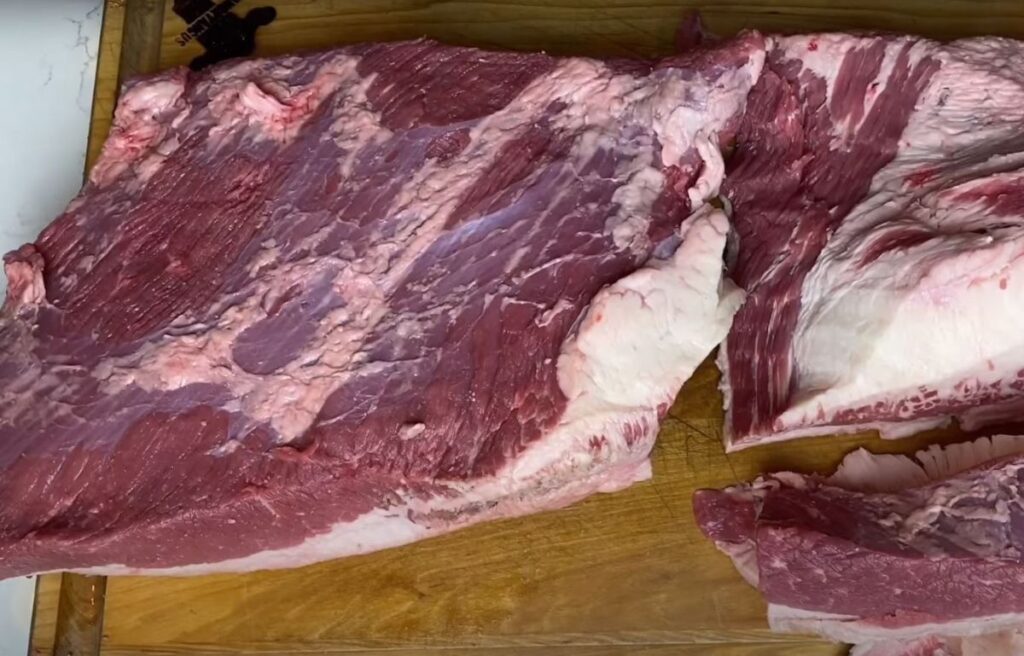
Moreover, the meat amount also depends on whether it is the flat or point end. The flat end has a higher fat content which is why it yields less meat. Conversely, the pointed end contains less fat and provides a larger amount of meat.
Conclusion
So to conclude, a cow has two briskets, and if you split each of them into two pieces, you get four subprimals.
The exact weight of brisket is not always the same, as it depends on a few important factors I have discussed above, but the tenderness, flavor, and texture would almost be the same.
Have A Great Brisket Smoking Session!
Your Opinion Is Valuable To Us
I’ve shared all the necessary information regarding how many briskets there are in a cow and where they come from. In case you still have any queries or confusion in mind, do let us know through the comments box below.
Frequently Asked Questions
How many briskets do you need for 100 people?
Assuming that one adult person eats half a pound of brisket, you will need to cook one pound of meat for him because of the shrinkage that brisket faces during the cooking process, but in every get-together, there are little ones as well. So, in my opinion, you’ll need four to five 20-pound briskets at max to feed 100 people.
How many pounds of brisket feed 20?
You need to estimate 1/2 to one pound of brisket per person. So one 20-pound brisket should be more than enough to feed 20 people. Remember, the brisket will also shrink during the cooking session.
What’s the best size brisket to buy?
There are different opinions regarding the best size of brisket, but I advise buying one that weighs between 10 to 14 pounds but not more than that; otherwise, it will take a much longer time to get it smoked properly.

